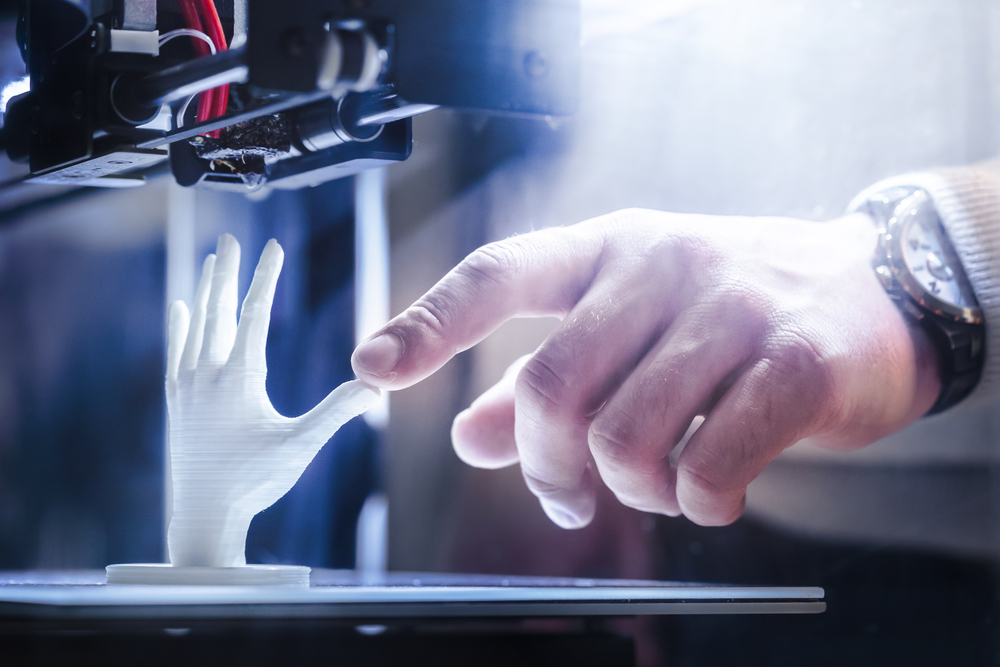Finger Sweating Tests May Help Diagnose Scleroderma

Tests that measure finger sweating levels may be useful diagnostic tools to help physicians identify people with scleroderma, a pilot study has found.
Future studies enrolling a larger number of patients are needed to confirm the utility of these tests, researchers said.
The study, “Finger sweating levels evaluated by video capillaroscopy system are increased in patients with systemic sclerosis compared to pre-clinical stage patients,” was published in the journal Drug Discoveries & Therapeutics.
Scleroderma, also known as systemic sclerosis (SSc), is a chronic autoimmune disorder that affects the skin and multiple internal organs. As the disease progresses, the skin becomes progressively thicker and internal organs increasingly scarred due to the excessive accumulation of collagen, the most abundant protein in the body and one of the key components of connective tissues — those that help and support other tissues and organs.
One of the consequences from the excessive accumulation of collagen in the skin is sweat gland atrophy (shrinkage). Based on this knowledge, scientists at Wakayama Medical University Graduate School of Medicine, in Japan, hypothesized that sweat production must be compromised, at least to some degree, in SSc patients. As such, it is possible that “sweat volume may … be useful for early [SSc] diagnosis,” they wrote.
To explore this possibility, the investigators carried out a pilot study in which they used an unconventional video capillaroscopy system to measure the amount of sweat found on the finger pads of 33 Japanese patients who were thought to have SSc, and five healthy individuals (controls).
From the 33 patients with suspected SSc, 21 (19 women and two men, mean age 67.5) were classified as having typical SSc. From these, 15 were classified as having limited cutaneous systemic sclerosis (lcSSc) and six as having diffuse cutaneous systemic sclerosis (dcSSc).
The remaining 12 patients (all women) were deemed to be at an early preclinical stage of the disease.
After confirming video capillaroscopy was a reproducible method that allowed them to consistently determine finger sweating levels — based on the number of secreting sweat glands detected on the three sides of the fourth finger pad — the investigators focused on comparing test results in patients with typical SSc to those with preclinical disease.
Analyses revealed that of the 21 patients with typical SSc, seven — six with dcSSc and one with lcSSc — had increased finger sweating (at least 10 secreting sweat glands identified), while none of the 12 patients with preclinical SSc had excessive sweating.
“Contrary to expectation, we found patients with typical SSc … have significantly increased finger sweating levels compared with patients in pre-clinical stage of SSc. Considering that the SSc patient group with high sweating levels tended to have a shorter disease duration, there is a possibility that serial measurement of finger sweating levels may help early differentiation of typical SSc from pre-clinical stage of SSc,” the researchers wrote.
Also, more than half (57.1%) of the patients who had increased finger sweating tested positive for topoisomerase I antibodies, a type of self-reactive antibodies often found in the bloodstream of SSc patients, while only 7.1% of those without increased sweating had positive antibody test results.
“In summary, this pilot study indicated that measurement of finger sweating levels has potential usefulness for early diagnosis and clarification of pathogenesis [disease processes] in SSc. Detailed research with larger number of samples is necessary to prove its usefulness,” they concluded.






